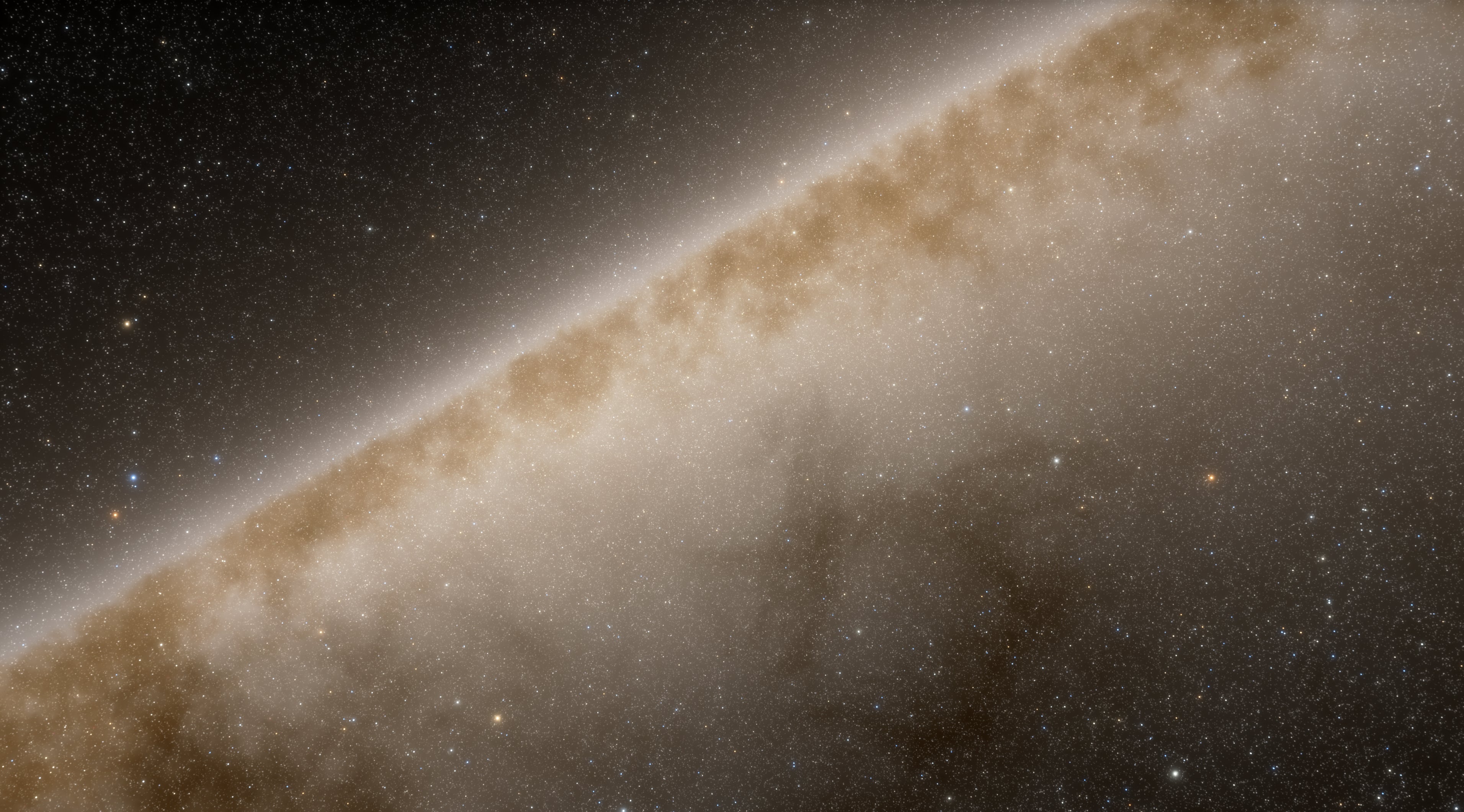Scientists discover fountain of anti-matter in galaxy measuring 40 trillion miles
Longest-ever observed filament found using Nasa’s Chandra X-ray observatory

Your support helps us to tell the story
From reproductive rights to climate change to Big Tech, The Independent is on the ground when the story is developing. Whether it's investigating the financials of Elon Musk's pro-Trump PAC or producing our latest documentary, 'The A Word', which shines a light on the American women fighting for reproductive rights, we know how important it is to parse out the facts from the messaging.
At such a critical moment in US history, we need reporters on the ground. Your donation allows us to keep sending journalists to speak to both sides of the story.
The Independent is trusted by Americans across the entire political spectrum. And unlike many other quality news outlets, we choose not to lock Americans out of our reporting and analysis with paywalls. We believe quality journalism should be available to everyone, paid for by those who can afford it.
Your support makes all the difference.Astronomers have discovered a 40-trillion-mile-long filament of matter and antimatter ejected by a pulsar and glowing in X-ray light, the largest one ever found.
Astronomers first discovered the filament, which are the largest known structures in the universe, in 2020 using Nasa’s Chandra X-ray observatory, a space telescope turned to X-ray energies.
But Chandra’s detector was not large enough to view the full length of the plume, and in a recent press release, the Chandra team announced the discovery of the record-breaking length — three times longer than any plume observed previously — based on new observations.
The source of the plume is pulsar PSR J2030+4415, a rapidly spinning neutron star with a powerful magnetic field around 1,600 light years from Earth within our galaxy. A pulsar compresses all the maps of a supermassive star into a space the size of a small city, spinning three times Each second.
“It’s amazing that a pulsar that’s only 10 miles across can create a structure so big that we can see it from thousands of light-years away," Martijn de Vries, a postdoctoral researcher in astrophysical particle physics at Stanford University and leader of the study said in a statement.
“With the same relative size, if the filament stretched from New York to Los Angeles the pulsar would be about 100 times smaller than the tiniest object visible to the naked eye.”
The extreme conditions around pulsars like PSR J2030+4415 may provide an answer to a longstanding puzzle: Why are there so many positrons in the Milky Way?
Most visible matter in the universe is ordinary matter, rather than antimatter, antimatter particles possessing the opposite electric charge as ordinary particles. The antimatter equivalent of the negatively charged electron is the positron, and the two annihilate each other to produce gamma radiation if they collide.
Researchers believe the extreme conditions around pulsars could produce positrons, but until recently it was assumed these charged particles would be trapped within the magnetic field of the pulsar. Astronomers have even observed gamma radiation “halos” around pulsars indicative of positrons and electrons annihilating within the star’s magnetic field.
But Pulsar PSR J2030+4415 suggests pulsar magnetic fields may sometimes leak.
As stars move through space, they push interstellar gas ahead of them, like water before the bow of a ship.
The Chandra scientists now believe that a few decades ago, PSR J2030+4415 somehow caught up with this “bow shock” of interstellar gas, and when the star’s magnetic field interacted with the magnetic field of the interstellar gas cloud, positrons and electrons squirted out along the magnetic connection.
Scientists now hypothesize that similar magnetic “nozzles” spraying matter and antimatter over trillions of miles could be the source of the positrons observed by special detectors on Earth.
Join our commenting forum
Join thought-provoking conversations, follow other Independent readers and see their replies
Comments